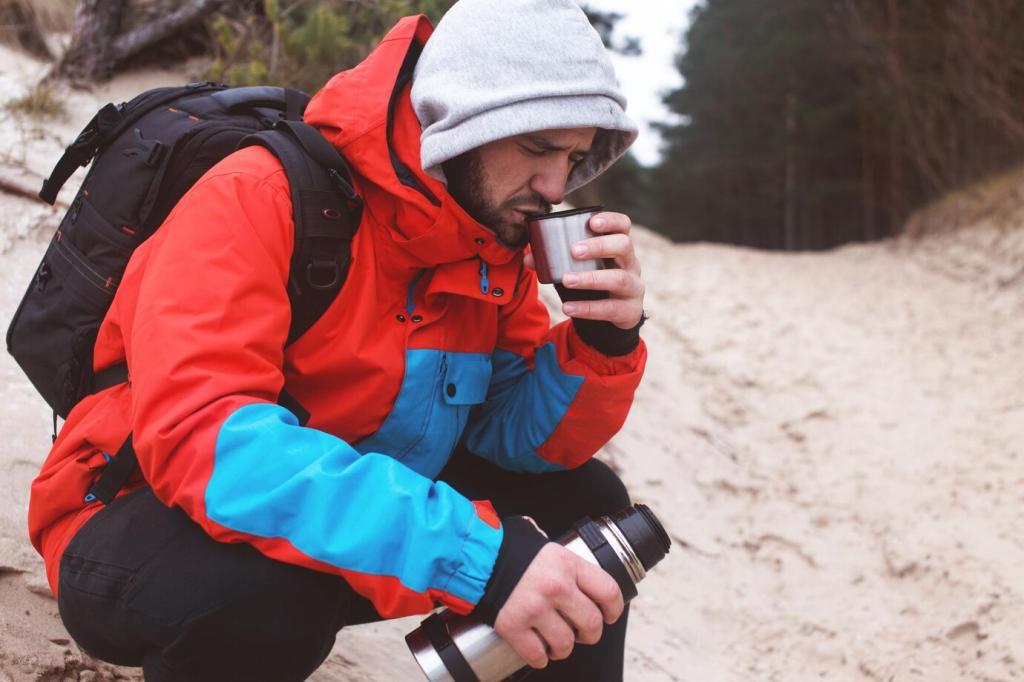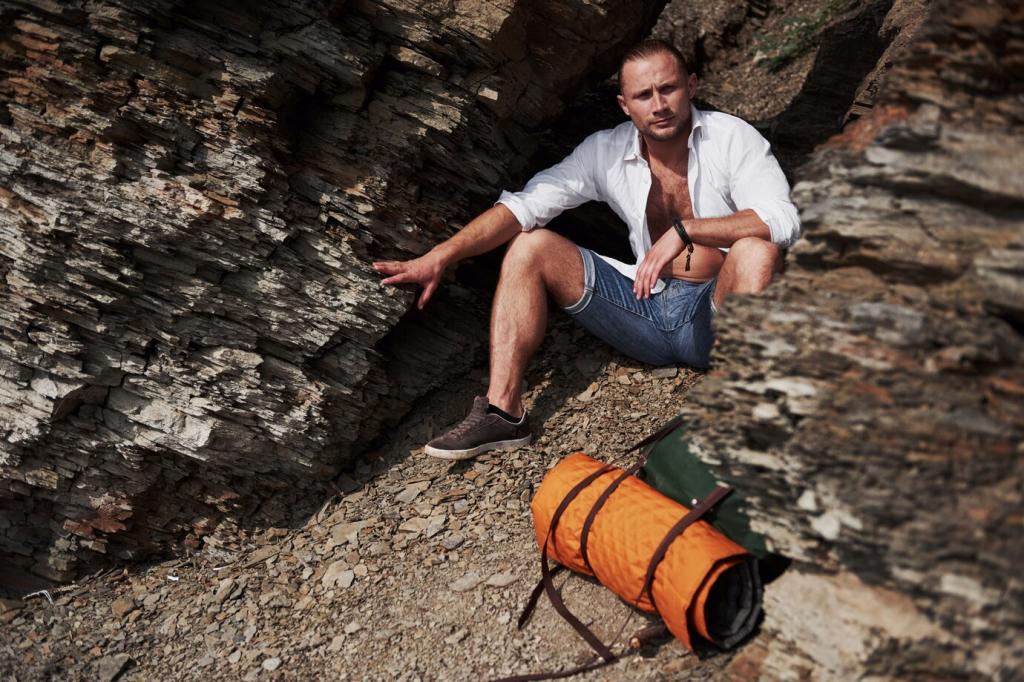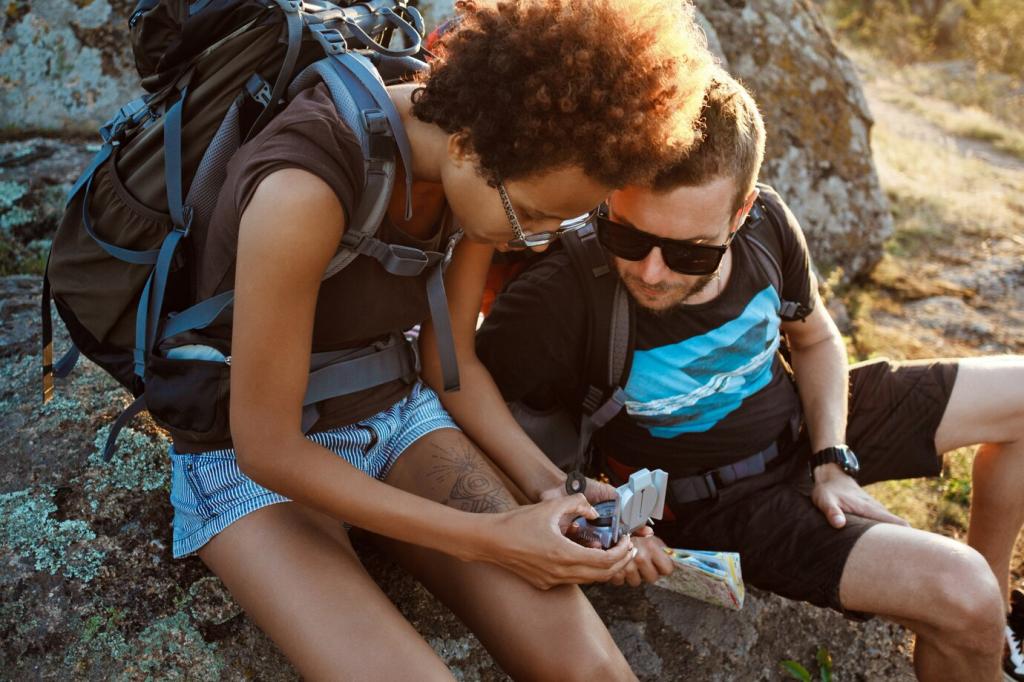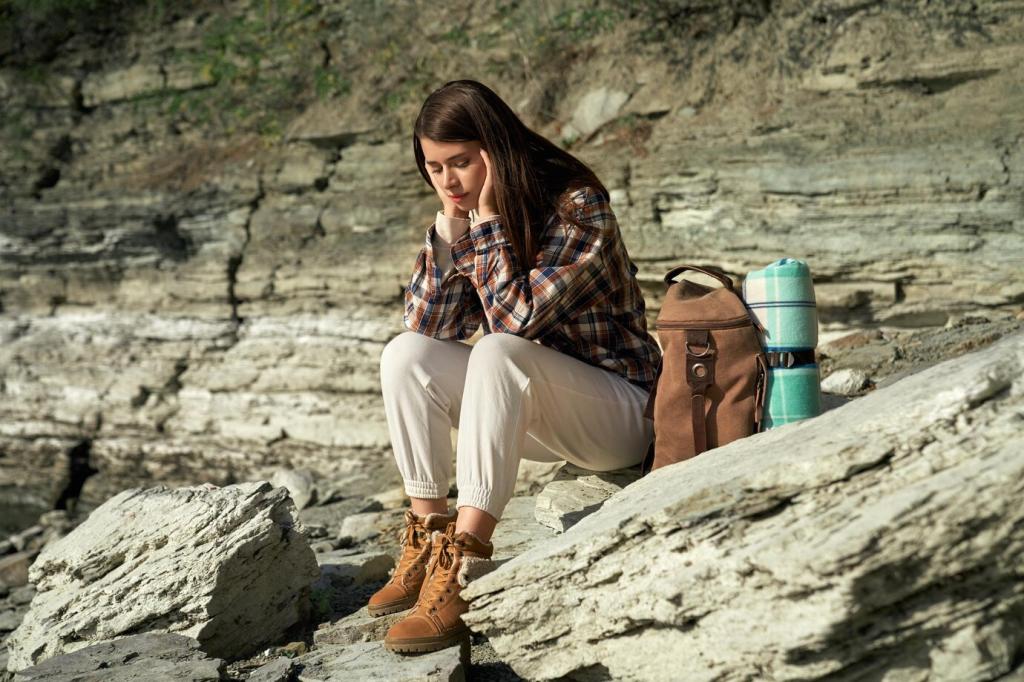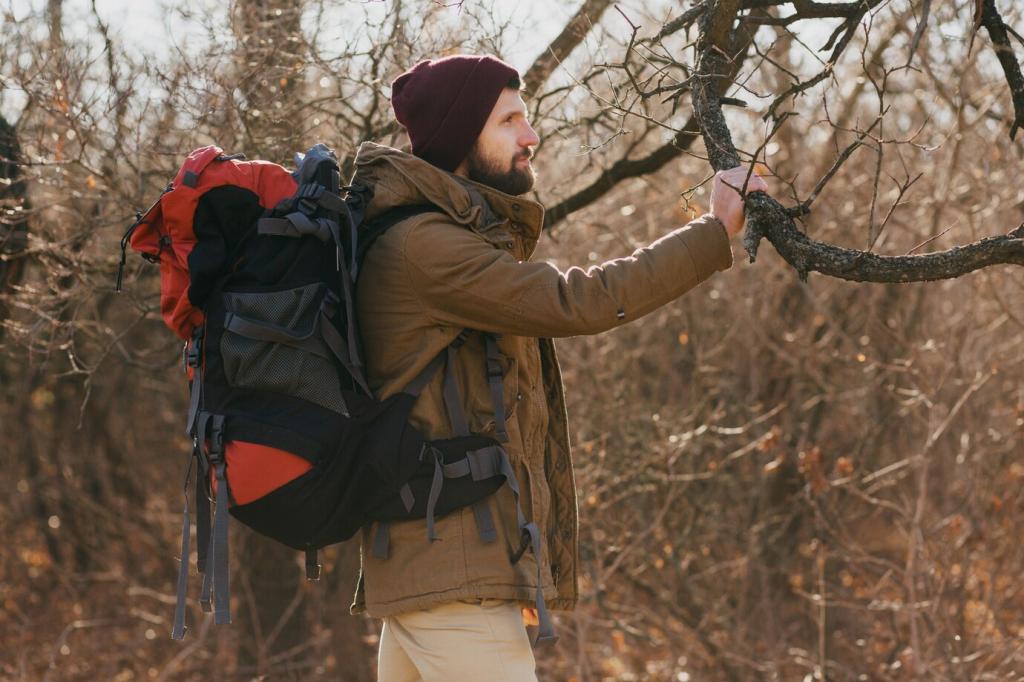Materials That Matter: Wool, Synthetics, Down, and the Cotton Trap
Merino balances odor resistance, comfort, and warmth when damp, making it a forgiving base or light mid. It’s slower to dry than some synthetics but steadier under surprise squalls. Tell us where merino saved your outing.
Materials That Matter: Wool, Synthetics, Down, and the Cotton Trap
Polyester blends and modern knits wick aggressively and dry quickly, ideal for high-output days. They can smell faster, but careful washing and rotations help. In relentless drizzle, fast-drying synthetics keep morale and tempo high.

